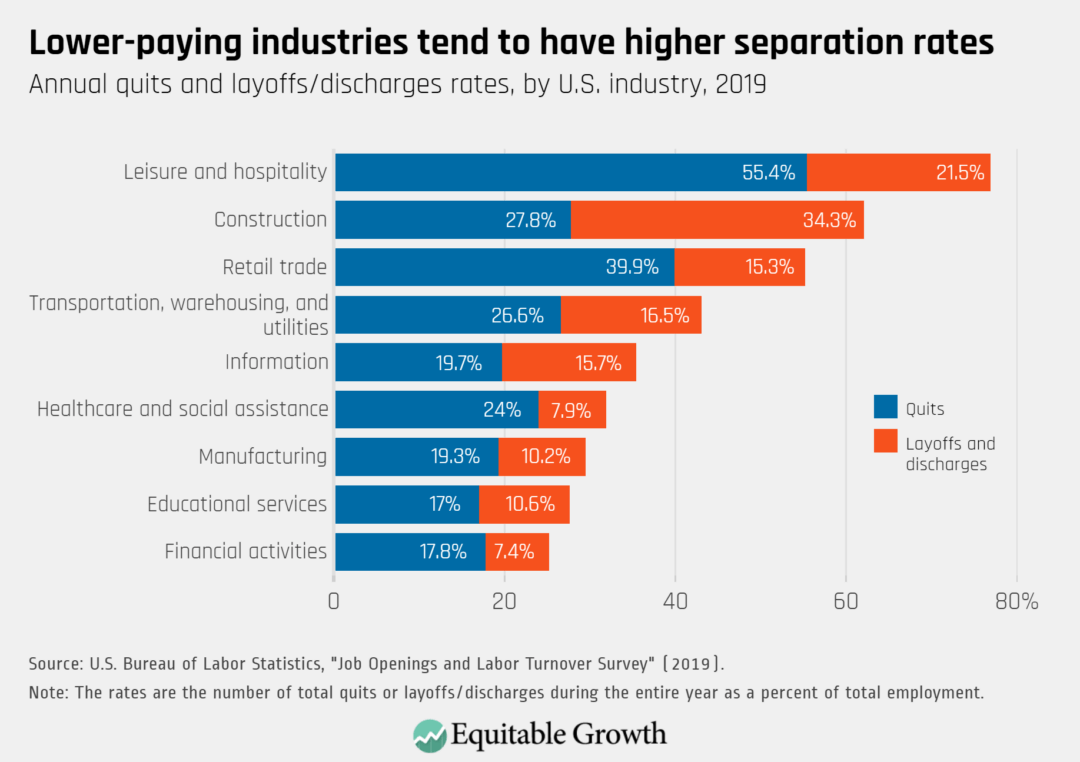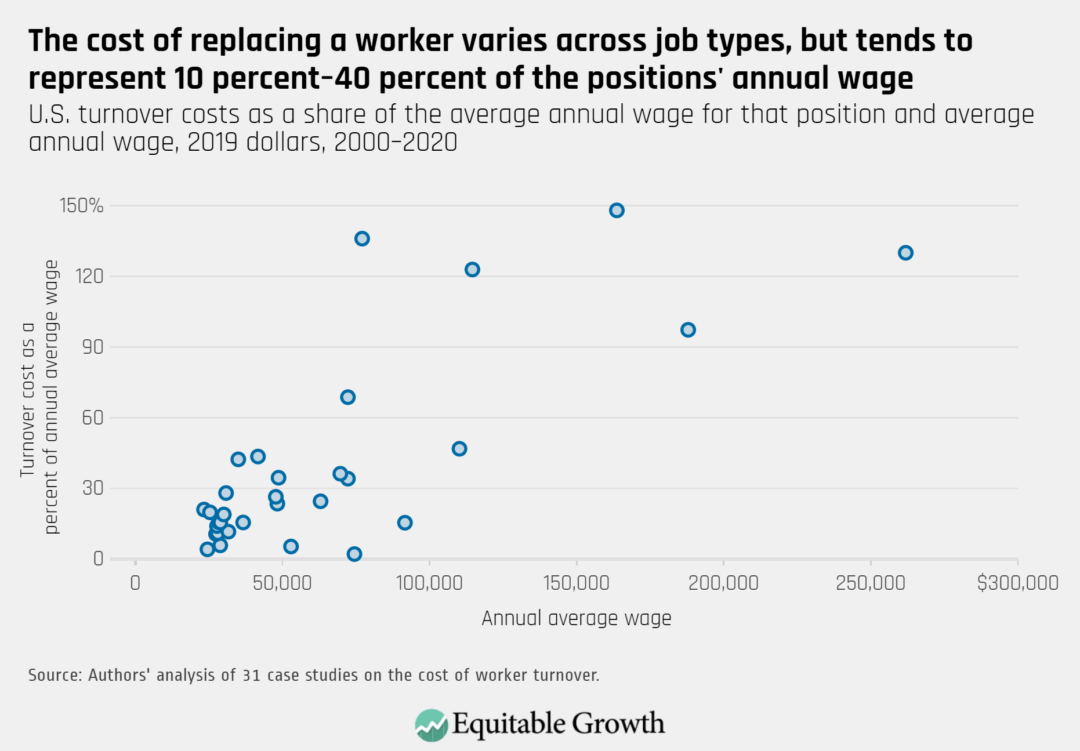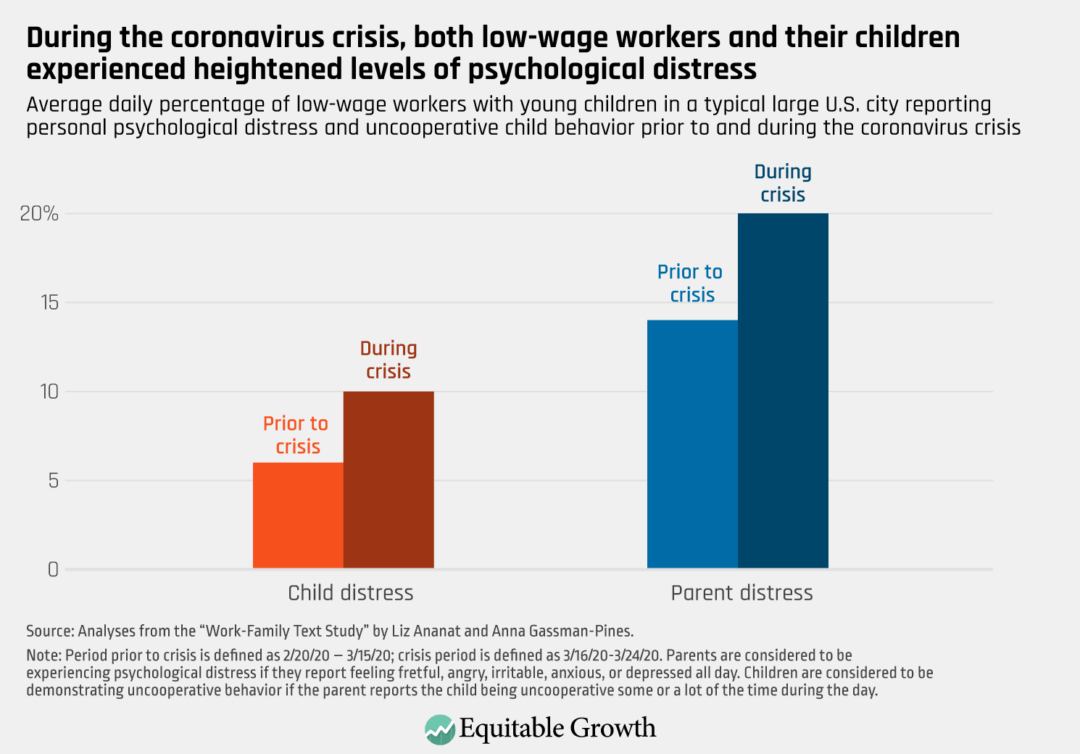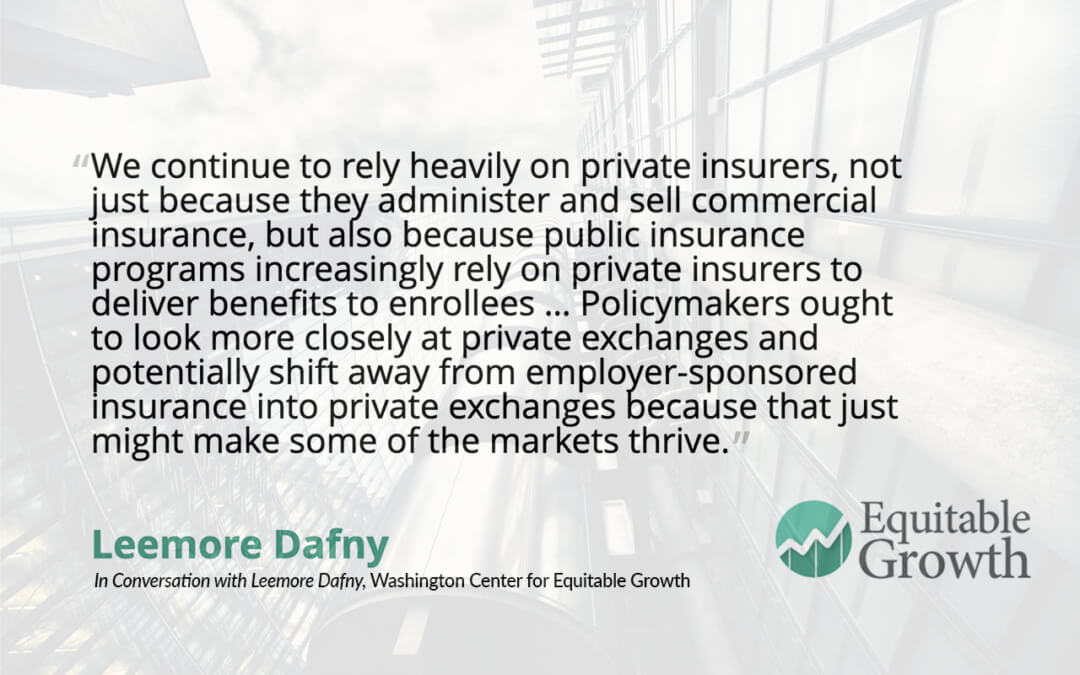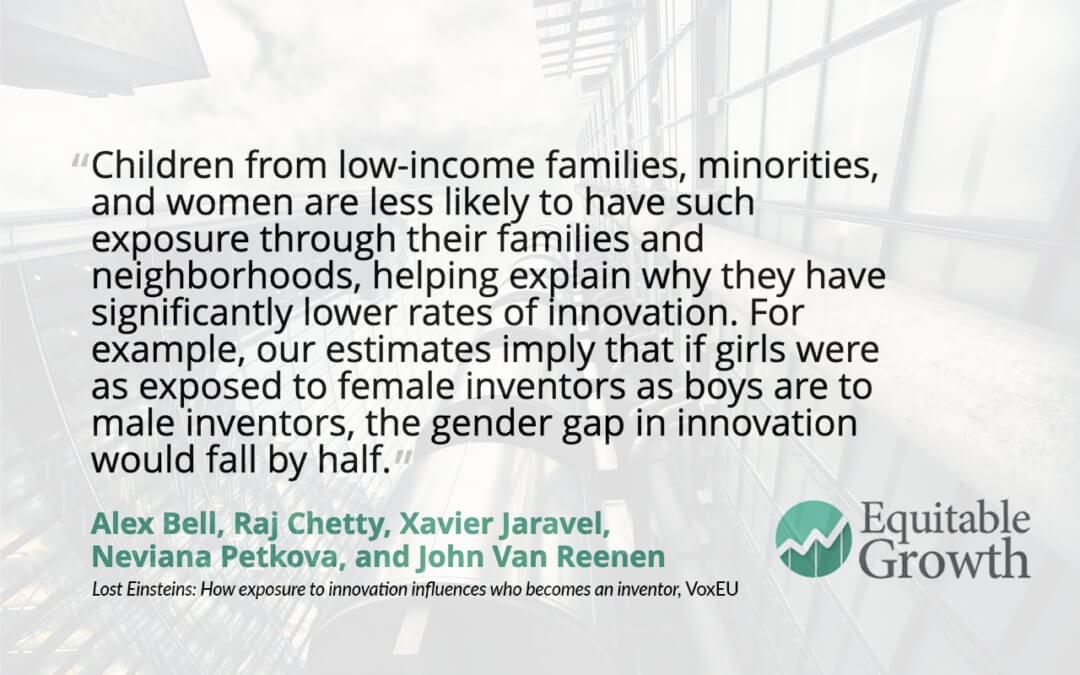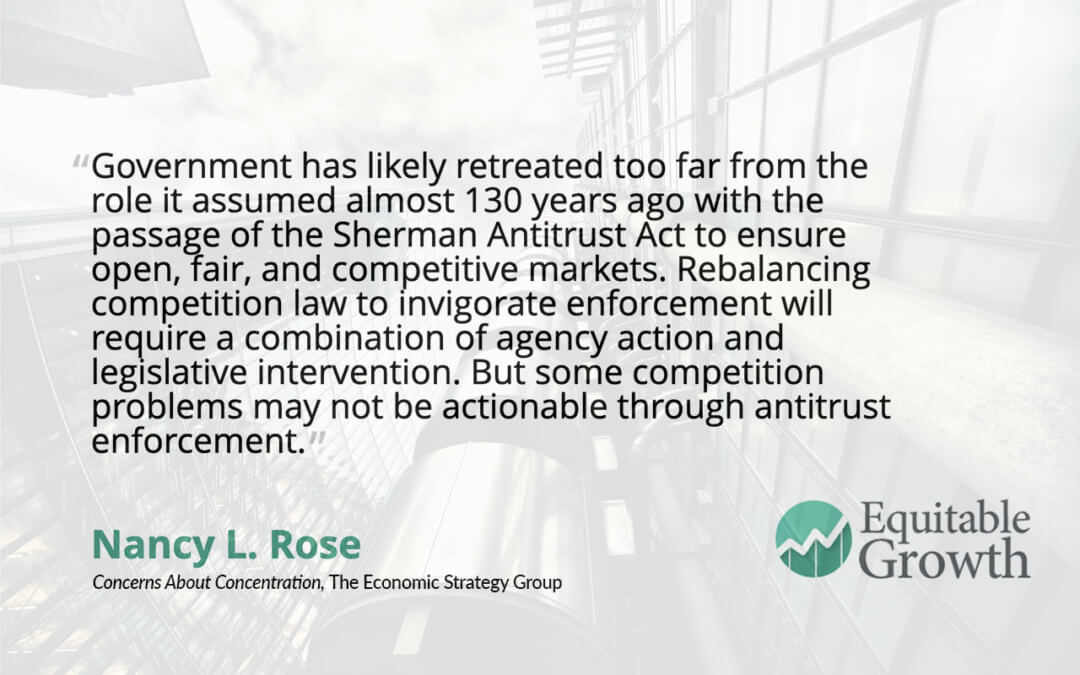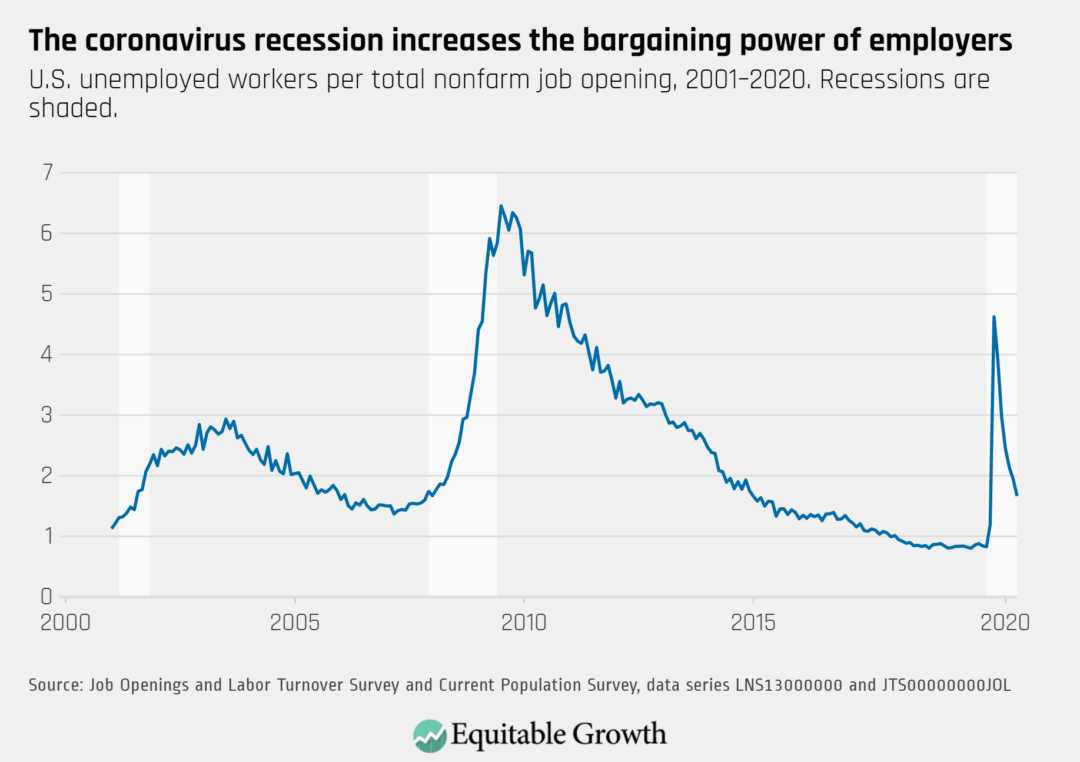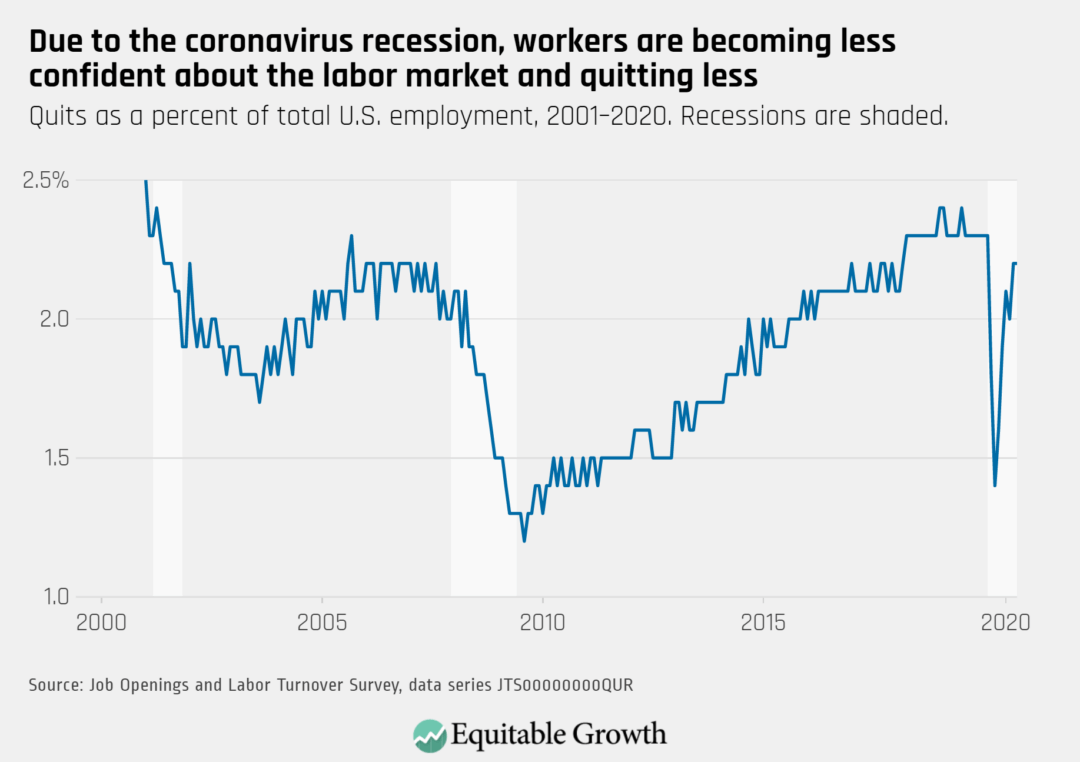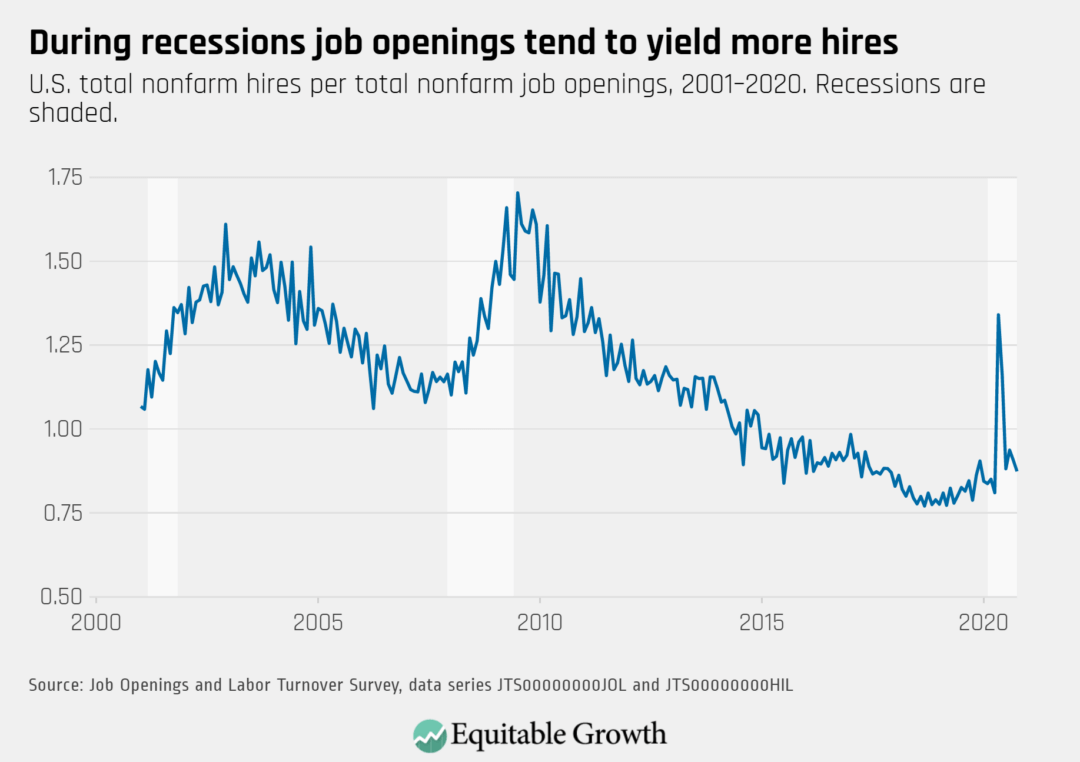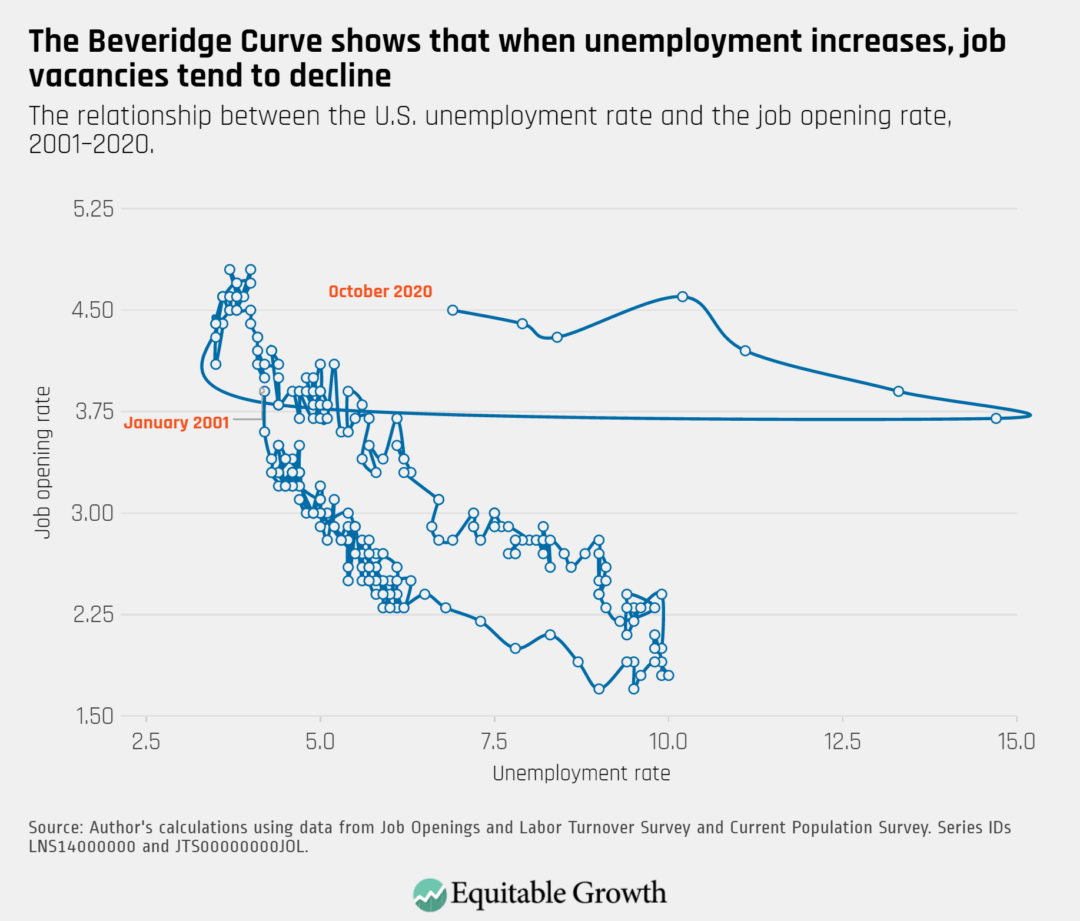
Today was the first day of the three-day annual meeting of the Allied Social Science Associations, which is organized by the American Economic Association. The conference, held virtually this year, features hundreds of sessions covering a wide variety of economics and other social science research. Below are some of the papers and presentations that caught the attention of Equitable Growth staff during the first day. Included below are the abstracts from those papers as well as links to the sessions at which they were presented. Come back tomorrow evening for more highlights.
“Sharing is Caring: Inequality, Transfers and Growth in the National Accounts”
Marina Gindelsky, U.S. Bureau of Economic Analysis
Abstract: Using the updated Distribution of Personal Income by the Bureau of Economic Analysis for U.S. households (2007-2018) with a focus on the bottom of the distribution, I show that transfers significantly lower the level of pre-tax and post-tax inequality in a national accounts framework. However, 2/3 of the reduction in the Gini derives from Social Security and Medicare. Though mostly available to elderly households, together these programs quadruple the share of the bottom income quintile and reduce the Gini by 16%. Conversely, the inclusion of all means-tested programs (such as Medicaid and refundable tax credits) reduces the Gini by half as much, raises the share of the bottom quintile by only 1.8 percentage points, and does not increase the income share of the middle quintiles. Consistent with an aging population, transfers have increased as a share of personal income; yet, inequality continues to rise.
“The Distributional Financial Accounts of the United States”
Michael Batty, Federal Reserve Board, Jesse Bricker, Federal Reserve Board, Joseph Briggs, who is non-affiliated, Sarah Friedman, Federal Reserve Board, and Danielle Nemschoff, Federal Reserve Board
Abstract: This paper describes the construction of the Distributional Financial Accounts (DFA), a dataset containing quarterly estimates of the distribution of U.S. household wealth since 1989. The DFA build on two existing Federal Reserve Board statistical products—quarterly aggregate measures of household wealth from the Financial Accounts of the United States, and triennial wealth distribution measures from the Survey of Consumer Finances—to incorporate distributional information into a national accounting framework. The DFA complement other sources by generating distributional statistics that are consistent with macro aggregates, by providing quarterly data on a timely basis, and by constructing wealth distributions across demographic characteristics. We encourage policymakers, researchers, and other interested parties to use the DFA to better understand issues related to the distribution of U.S. household wealth.
“Fiscal Multipliers in the COVID19 Recession”
Alan Auerbach, University of California, Berkeley, Yuriy Gorodnichenko, University of California, Berkeley, Peter B. McCrory, University of California, Berkeley, and Daniel Murphy, University of Virginia
Abstract: In response to the record-breaking COVID19 recession, many governments have adopted unprecedented fiscal stimuli. While countercyclical fiscal policy is effective in fighting conventional recessions, little is known about the effectiveness of fiscal policy in the current environment with widespread shelter-in-place (“lockdown”) policies and the associated considerable limits on economic activity. Using detailed regional variation in economic conditions, lockdown policies, and U.S. government spending, we document that the effects of government spending were stronger during the peak of the pandemic recession, but only in cities that were not subject to strong stay-at-home orders. We examine mechanisms that can account for our evidence and place our findings in the context of other recent evidence from microdata.
Pragyan Deb, International Monetary Fund, Davide Furceri, International Monetary Fund, Jonathan D. Ostry, International Monetary Fund, Nour Tawk, International Monetary Fund
Abstract: The paper uses daily real-time measures implemented by countries around the world to quantify the effect of containment and macroeconomic policy measures on the spread of the virus and on high-frequency economic indicators.
“Luxury or Necessity: How Will State and Local Governments Balance Budgets in the Wake of COVID-19?”
Troup Howard, University of Utah, and Adair Morse, University of California-Berkeley
Abstract: The reduction of economic activity during the Covid-19 crisis is expected to sharply decrease government revenues over the upcoming years, while spending on public health and welfare must grow atypically high. Because state and local governments face balanced budget requirements and public angst against borrowing, these shocks will necessitate a reduction in expenditures across public goods and services. This paper uses the Great Recession shock to test whether governments under income distress simply force revenue effects pro rata on public goods categories according to their budget share, versus the alternative that governments curtail budget shares in goods that exhibit luxury-like behavior in a Deaton demand system. We then forecast the luxury-versus-necessity sensitivities onto the current setting of public expenditures at the state, county and city level.
In Census of Governments spending data covering the population of districts in the United States ($4 trillion for 2020), we find that states, counties and municipalities all shift relatively more funding away from public safety (police, fire and judiciary) and retirement funding. This latter fact implies that short term budget solutions may exacerbate long-term fiscal imbalances. In addition, at the state level, higher education also loses: in response to a 10% revenue shock, states reduce higher education expenditure by 18%. On the other side, capital outlays rise in budget shares in most public good departments, presumably due to commitments.
The fact that higher education, public safety, and pension payments are, to some degree, luxury goods is disheartening. Projected onto Covid-19 setting, the implied preference shifts are small compared to the income effect: a proportional reduction across all goods. Across higher education, public safety, and pension payments, for example, we estimate a reduction in spending nationally of $79 billion, $46 and $62 billion respectively, of which a third is the shift from luxuries to necessities.
“Does Peer Motivation Impact Educational Investments? Evidence from DACA”
Briana Ballis, University of California-Merced
Abstract: Despite the significant influence that peer motivation is likely to have on educational investments during high school, it is difficult to test empirically since exogenous changes in peer motivation are rarely observed. In this paper, I focus on the 2012 introduction of Deferred Action for Childhood Arrivals (DACA) to study a setting in which peer motivation changed sharply for a subset of high school students. DACA significantly increased the returns to schooling for undocumented youth, while leaving the returns for their peers unchanged. I find that DACA induced undocumented youth to invest more in their education, which also had positive spillover effects on ineligible students (those born in the US) who attended high school with high concentrations of DACA-eligible youth.
“Addressing Societal Externalities to Promote Racial Equality”
Madhavi Venkatesan, Northeastern University
Abstract: Beginning with the religiously legitimized marginalization of African slaves, inclusive of the establishment of the concept of “race” and racial hierarchy through craniometry and Social Darwinism, to the promotion of stereotype based on genetic inferiority, and finally, the endogenization of stereotype through regulation and institutionalized discrimination, this paper highlights the trade-off between morality and economic gain, referenced as societal externalities, in the construction of racial inequality. Societal externalities, the author argues, have affected social construction and social norms both within groups and across groups, with the intergenerational adoption of social norms resulting in implicit racial bias. Using economic theory and selected policy examples, the author discusses the racial bias inherent in economic assumptions and highlights how the exclusion of societal externalities in economic assessments has limited the value of related policy action in curbing racial inequality. The paper concludes with recommendations for incorporating societal externalities in economic evaluation along with the rationale for interdisciplinary collaboration in the development and implementation of policy focused on promoting racial equality.
“Creating Moves to Opportunity: Experimental Evidence on Barriers to Neighborhood Choice”
Raj Chetty, Harvard University, and Nathaniel Hendren, Harvard University
Abstract: Low-income families in the United States tend to live in neighborhoods that offer limited opportunities for upward income mobility. One potential explanation for this pattern is that families prefer such neighborhoods for other reasons, such as affordability or proximity to family and jobs. An alternative explanation is that they do not move to high-opportunity areas because of barriers that prevent them from making such moves. We test between these two explanations using a randomized controlled trial with housing voucher recipients in Seattle and King County. We provided services to reduce barriers to moving to high-upward-mobility neighborhoods: customized search assistance, landlord engagement, and short-term financial assistance. Unlike many previous housing mobility programs, families using vouchers were not required to move to a high-opportunity neighborhood to receive a voucher. The intervention increased the fraction of families who moved to high-upward-mobility areas from 15% in the control group to 53% in the treatment group. Families induced to move to higher opportunity areas by the treatment do not make sacrifices on other aspects of neighborhood quality, tend to stay in their new neighborhoods when their leases come up for renewal, and report higher levels of neighborhood satisfaction after moving. These findings imply that most low-income families do not have a strong preference to stay in low-opportunity areas; instead, barriers in the housing search process are a central driver of residential segregation by income. Interviews with families reveal that the capacity to address each family’s needs in a specific manner from emotional support to brokering with landlords to customized financial assistance was critical to the program’s success. Using quasi-experimental analyses and comparisons to other studies, we show that more standardized policies increasing voucher payment standards in high-opportunity areas or informational interventions have much smaller impacts. We conclude that redesigning affordable housing policies to provide customized assistance in housing search could reduce residential segregation and increase upward mobility substantially.
John C. Haltiwanger, University of Maryland, Henry Hyatt, U.S. Census Bureau, Erika McEntarfer, U.S. Census Bureau, and Matthew Staiger, University of Maryland
Abstract: In this paper, we use linked employer-employee data for the United States to provide direct evidence on the role of job-to-job flows in reallocating workers from less productive to more productive firms. We show that job-to-job moves generally reallocate employment to more productive firms, accounting for most of the differential employment growth rates between high and low productivity firms. During recessions, productivity-enhancing job-to-job moves decline, while separations to non-employment contribute to productivity enhancing reallocation. The latter arises because the flows from employment to non-employment in downturns disproportionately rises at low productivity firms. In this respect, we find evidence for both a cleansing and sullying effects of recessions. We develop an accounting decomposition to quantify the contribution of the relative cleansing and sullying effects over time. We also explore the extent to which declining worker flows documented in several recent studies has implications for economy-wide productivity growth.
“The Insurance Value of Redistributive Taxes and Transfers”
Michael Stepner, Massachusetts Institute of Technology
Abstract: Progressive tax and transfer schedules serve a redistributive role by transferring from high-income to low-income individuals, but they also serve an insurance role by transferring from the high-income years to the low-income years within each person’s lifespan. This paper examines how the design of the tax and transfer system provides insurance against income risks by studying the two largest economic shocks faced by working-age households: layoffs and illness. Using 1.6 million layoffs and 1.2 million hospital stays linked to Canadian tax records, I first show that both events cause persistent declines in earnings lasting more than six years. The full tax and transfer system provides substantial insurance against these risks, shrinking the percentage of income lost post-layoff by 40% and post-hospitalization by 60%, which I estimate to be worth 7-10% of total post-event consumption. But less than half of this social insurance comes from the unemployment and disability insurance programs that formally insure these risks. The progressive shape of taxes and transfers provides the majority of social insurance, and is especially important for reducing the risk of catastrophic income losses and mitigating inequality in the income risks of layoffs and hospitalizations. Using a dynamic model, I find that the insurance value of redistributive taxes and transfers is considerable across the entire income distribution, and is more than twice as large at the bottom of the income distribution than at the top.
“Beyond Health: Non-Health Risk and the Value of Disability Insurance”
Manasi Deshpande, University of Chicago, and Lee Lockwood, University of Virginia
Abstract: The public debate over disability insurance (DI) has centered on concerns about individuals with less-severe health conditions receiving benefits. We go beyond health risk alone to quantify DI’s overall insurance value, including value from insuring non-health risk. We find that DI recipients, especially those with less-severe health conditions, are much more likely to have experienced a wide variety of non-health shocks than non-recipients. Selection into DI on the basis of non-health shocks is so strong among individuals with less-severe health conditions that by many measures less-severe DI recipients are worse off than severe DI recipients. As a result, under baseline assumptions, DI benefits to less-severe recipients have an annual value (insurance benefit less efficiency cost) of $7,700 per recipient, about three-fourths that of DI benefits to severe recipients ($9,900). Insurance against non-health risk accounts for about one-half of DI’s value.
“An Intersectional Approach to Occupational Crowding Analysis in NOLA”
Anastasia C. Wilson, University of Massachusetts-Amherst
Abstract: This work examines occupational crowding patterns in the labor market in New Orleans, Louisiana. Informed by the methods of stratification economics, this analysis takes an intersectional approach to focus on the impacts of occupational crowding on women, people of color, and young and older workers in New Orleans. Using an intersectional occupational crowding analysis, this work will identify the occupations and industries that groups are crowded into and out of, with a particular focus on the hospitality, retail, care, and other service sectors. This research will then be matched with qualitative focus group interviews with workers to identify how occupational crowding creates a specific barrier to economic stability, and to identify which groups of workers are being impacted by the current economic and public health crisis. This analysis will then be used to inform proposals for state and local policy interventions that build economic security, centering the needs of marginalized workers in the economic recovery.
“Innovative Ideas and Gender Inequality”
Marlène Koffi, University of Toronto
Abstract: This paper analyzes the recognition of women’s innovative ideas. Bibliometric data from research in economics are used to investigate gender biases in citation patterns. Based on deep learning and machine learning techniques, one can (1) establish the similarities between papers (2) build a link between articles by identifying the papers citing, cited and that should be cited. This study finds that, on average, omitted papers are 20% more likely to be female-authored than male-authored. This omission bias is more prevalent when there are only males in the citing paper. Overall, to have the same level of citation as papers written by males, papers written by females need to be 20 percentiles upper in the distribution of the degree of innovativeness of the paper.
“Merger, Product Repositioning and Firm Entry: the Retail Craft Beer Market in California”
Ying Fan, University of Michigan, and Chenyu Yang, University of Maryland
Abstract: We study the effects of merger on firm entry, product repositioning and prices in the retail craft beer market in California. To deal with selection on unobserved fixed cost shocks, we develop a new method to estimate multiple-discrete choice models. The method is based on bounds of conditional choice probabilities and does not require solving the game. Using the estimated model, we simulate a counterfactual merger where a large brewery acquires multiple craft breweries. In most markets, we find that new firms enter, non-merging incumbents add products, and merging firms drop products. However, the net effects of product variety from firm entry and product repositioning differ considerably across markets. Larger markets are more likely to see an increase in product variety, which moderates the loss of consumer surplus from the merger’s price effects. In a majority of smaller markets, product variety decreases, exacerbating the welfare loss from the price effects.


